Art is made by people who feel compelled to create and love the process. Creating art is gratifying, but that doesn’t mean every step of the way is pleasurable! Ten different artists were asked to share the best and worst parts of bringing their art to life. Here’s what they had to say:
Elliot Lang
Elliot’s least favorite: Scanning and post-production edits on originals are probably the most time-consuming aspect of the process for me, and the least rewarding for effort. While photomerge is handy on larger pieces, there is always more to do to ensure the final product is tight and meets my standards for the client.
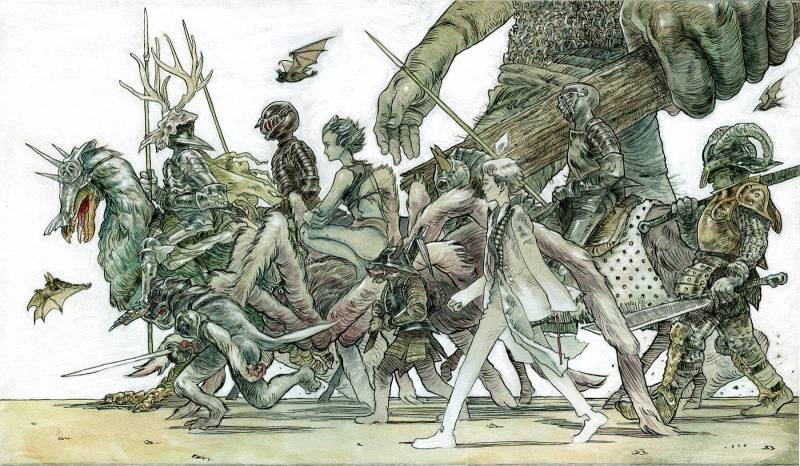
Dark March by Elliot Lang
Jason Mowry
Jason’s favorite: It is a venture that starts with a vision in a sketchbook on the way to a painting and the wild-eyed anticipation that comes with it.
Jason’s least favorite: Negotiating the withdrawal from the physical presence of friends and family to chase the muse.
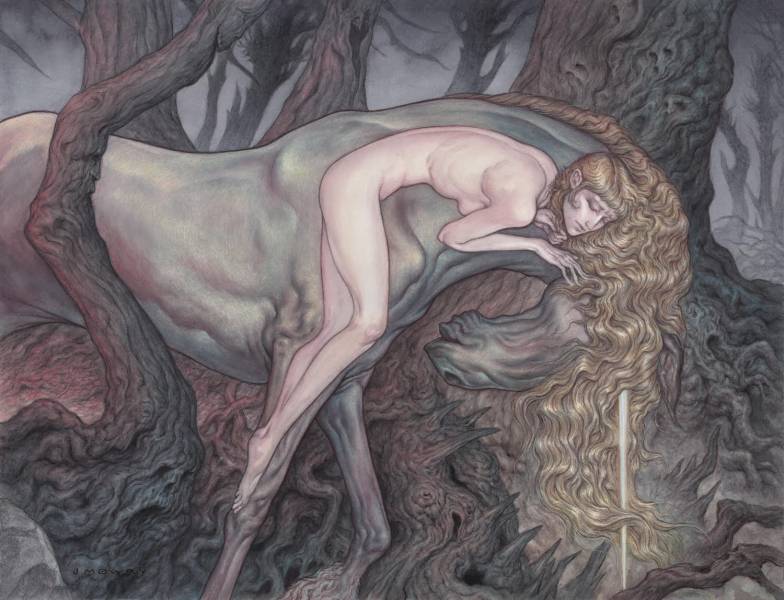
Becoming Tears and Hunger by Jason Mowry
Michael’s favorite: Being in a flow state. When you are laser focused on your drawing or painting, and it is just difficult enough to keep you engaged and moving forward.
Michael’s least favorite: I don’t know if there is a word for it, but let’s call it the “anti-flow” state: Burnout, imposter syndrome, artist’s block, excessive procrastination, relentless distractions and all the other flavors that make you dislike the work you usually love.
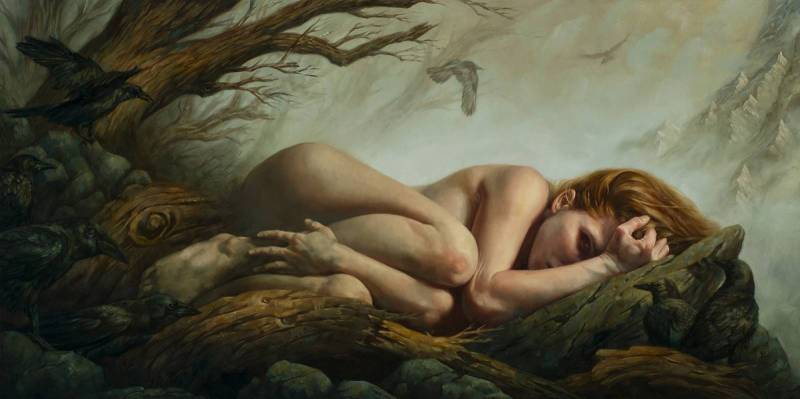
Haven by Michael C Hayes
Miranda Meeks
Miranda’s least favorite: My least favorite part of the actual art process is the beginning stages of the sketches. Thumbnails aren’t too bad because they can be quick and experimental. I find when there are TOO many directions one could go in, and TOO many problems to solve, it becomes a little murky and difficult to wade through it. Luckily, the only way out is through, and as you tackle each problem, it begins to feel better as you discover each problem’s solution, so you can tie it all together in the end. Kinda like a mystery novel, where each side-plot and clue is eventually addressed and the main plot resolves.
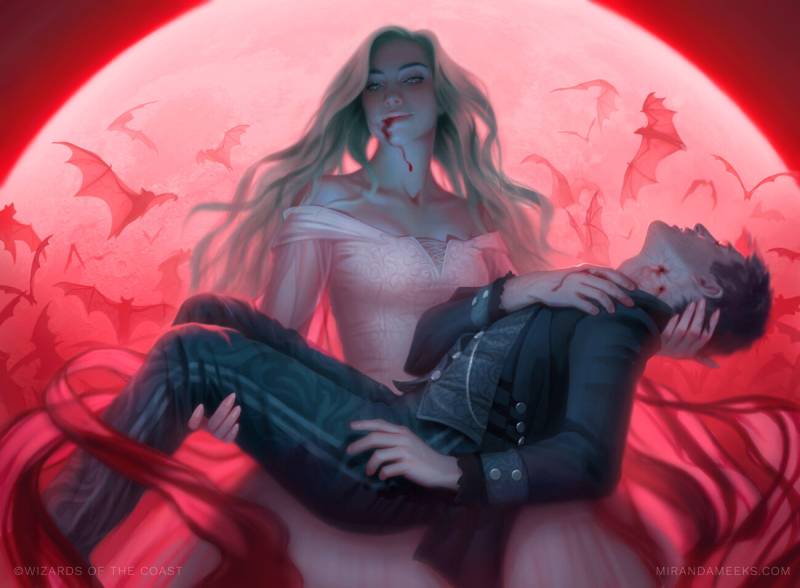
Indulging Patrician by Miranda Meeks
Stephen’s favorite: What keeps me doing art is when that flow state hits and you ride the crest of the wave of difficulty on the vehicle of your abilities. That is as sublime as living can get as far as I know. It’s worth all the trouble. You’re in the zone, cowboy.
Stephen’s least favorite: My least favorite part? STARTING. I will do almost anything imaginable to not sit down and do something. Cleaning, Organizing, “Warming Up”- anything. It’s so hard to sit down and draw and do the work I fought so hard to procure. You have to lean into the suck. Starting sucks sometimes. You might mess up, you might fail. You need to sweep the floor or send those emails. “Don’t start, something bad could happen! It might suck!” Lean into that, because the flow state is on the other side of that threshold.
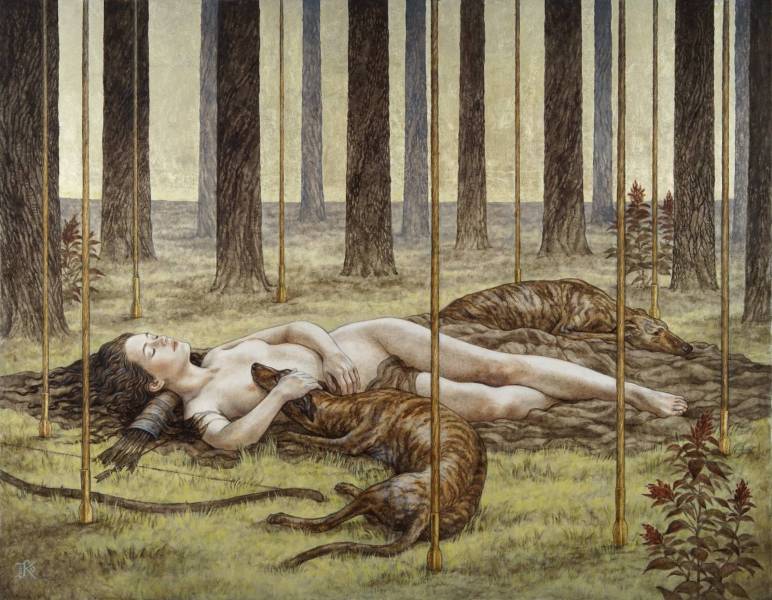
Artemis of the Spears by Kaysha Siemens
Sidharth Chaturvedi
Sidharth’s favorite: Once in a very great while, I’ll look at a piece on the easel that I’ve just finished, and remember that I pulled that image out of nothing but my head. Some scene that’s never existed anywhere, and there it is, in carefully arranged bits of colored mud. It looks like magic to the layman, because it IS magic, and that’s easily to forget when you’re caught up in the grind of the craft and business. Those rare moments when I realize what I’ve what I’ve done and can be wowed by it are immensely fulfilling.
Joanna’s favorite: The beginning stages of a final painting in watercolor, when I’m establishing large areas and atmosphere. This is when the watercolor is most alive on the page, and I have to be fully present with it and completely focused. Once the wet brush hits the page there isn’t time to pause or doubt. It’s also when the magical organic happy accidents of watercolor manifest, which are a delight to receive and respond to.
Joanna’s least favorite: The general uncertainty and lack of control around aspects of making a living as an artist. Whether or not I’ll be able to jury back into my most lucrative conventions each year, inscrutable and constantly changing social media algorithms, feeling dependent on corporate platforms, tools, and clients that may make financial or moral decisions that impact me or my community negatively.
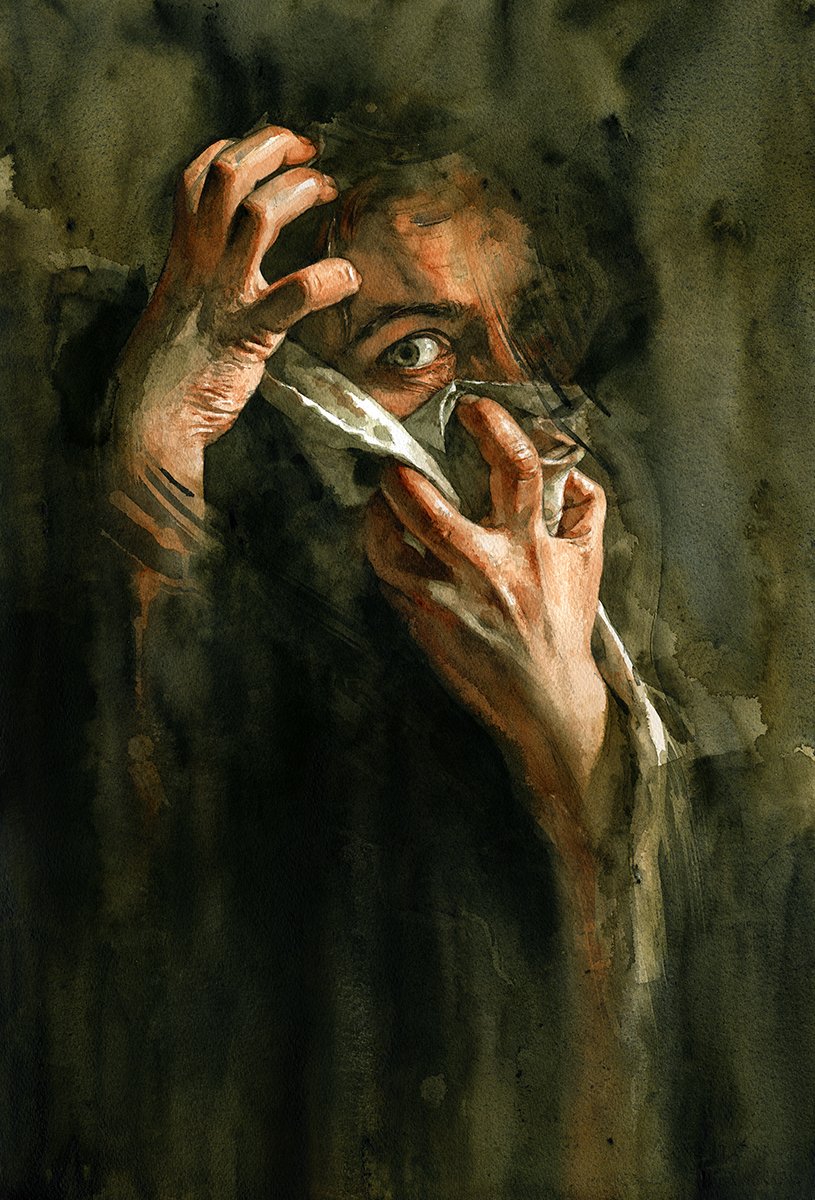
Breach by Joanna Barnum
Eric’s favorite: Unlike my earlier years, one of my favorite parts of the creative process is coming up with the initial ideas, and I don’t mean sitting down and doing thumbnails. I am talking before that. It’s coming up with the character and storytelling concepts before it’s time to draw. Often, I’d skip this part with no solid idea in mind. Figure it out as I went along. I was impatient to get into the meat of things— get right to drawing or, even worse, painting. I don’t do that anymore. When it comes to brainstorming, my best efforts come when I find a way to partially zone out, like in the shower or running errands in my car with the stereo off. This year, I want to work taking a walk into my process. That way, I get exercise in and waste less hot water! In either situation, I remember to have a piece of paper nearby just in case I come up with something I might forget.
Because I do a lot more work for myself now, there is no way to skip ahead. That is if I want to avoid pointlessly scribbling down default crappy imagery that sits in my brain or doodling random geometric patterns so my hand has something to do. This forced me to get used to doing more idea generation beforehand. Once this was part of my routine, I realized how much easier things went—duh!! And it became fun, too.
I saw that Greg Manchess recently wrote on Muddy Colors that there are people who think in words and people who think in pictures. This is really interesting to me because I am not sure where I fit in there. I definitely don’t think in words, and I am not sure that I think in pictures, either. There has to be another way that the brain works. Something more basic. Otherwise, why is it that I can think about the shape of something without seeing that shape in my mind?
Eric’s least favorite: Usually, the things I dislike about creative projects are the ones that make the process feel like a slog. Monotonous or time-sucking tasks. Fortunately, I am in a good place right now. In my career, I have moved back and forth between Magic: the Gathering and upper middle-grade book covers a number of times. Now, I am illustrating for an even younger audience, which is leading to the biggest change in the look of my artwork. I have always felt that mixing it up is good. Might not be the greatest for marketing yourself! But in general…change is good. Because of this change, there is much less for me to groan about when illustrating. It all feels new.
Though no matter which audience I am illustrating for, gathering references has always been a frustration but a necessary part of my process. Right now, I am struggling to draw three horns that form a slight corkscrew together on the head of a creature. It’s so hard to draw in perspective from multiple angles convincingly. I could make a reference with a 3D program, but I don’t use the programs enough. I feel like I have to relearn them each time. Are all 3D user interfaces convoluted?! My second option is to sculpt something with real-world materials, which, for some reason, I don’t enjoy that much. Probably because I only do a good job at it if I sculpt big and waste a ton of materials. Plus, when it’s done, I have to figure out what to do with the monstrosity. Luckily, this will be an easy one to do small.
Writing this prompted me to get better references for a character I am working on today. Instead of doing a reference deep dive, I had wasted two hours trying to draw the character by trial and error. Now, with some new references in front of me, I got the drawing solved in 5 minutes. Thumbs up!
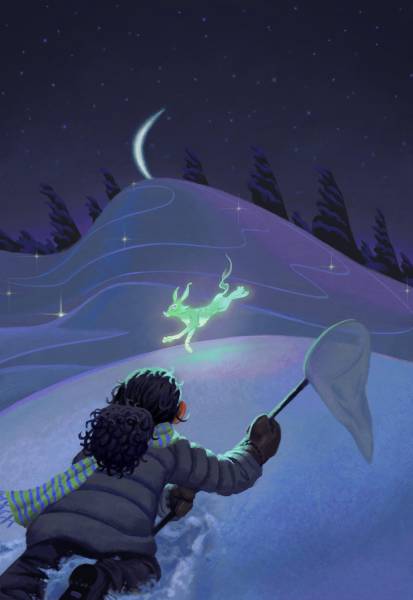
Hillaboos by Eric Deschamps
Sarah’s favorite: I really love the whole process: concept, planning, and painting, but creating the plan of attack stands out as a highlight. Once the sketch is on canvas, I sit back with a small whiteboard and determine how to execute the painting…what will be glazed vs painted directly, what to paint first vs last, whether I’ll be masking or painting dark outlines to show through, if there are any new things I should try. Every painting is a different problem to solve.
Sarah’s least favorite: It’s close between transferring the sketch to canvas, and the digital capture of the final. The transfer is tedious, but at least sometimes there’s excitement to get started with paint…getting a file from photos has no positive component. The majority of people who will ever see each painting will only ever see its .JPEG, and best case scenario, it looks almost as good as the original. Most of the time it looks significantly worse, and it is a time-consuming, frustrating task with a disappointing reward at the end.
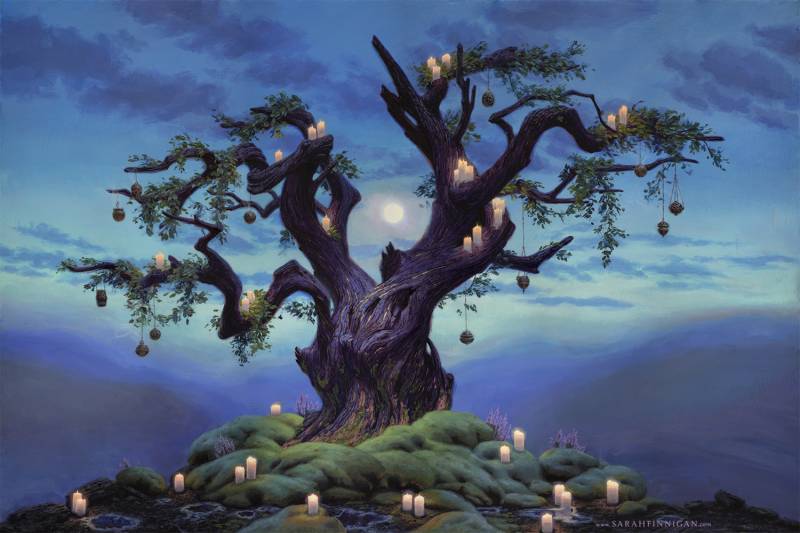
Legacy by Sarah Finnigan
What about you? What highs and lows are there in creating your work?


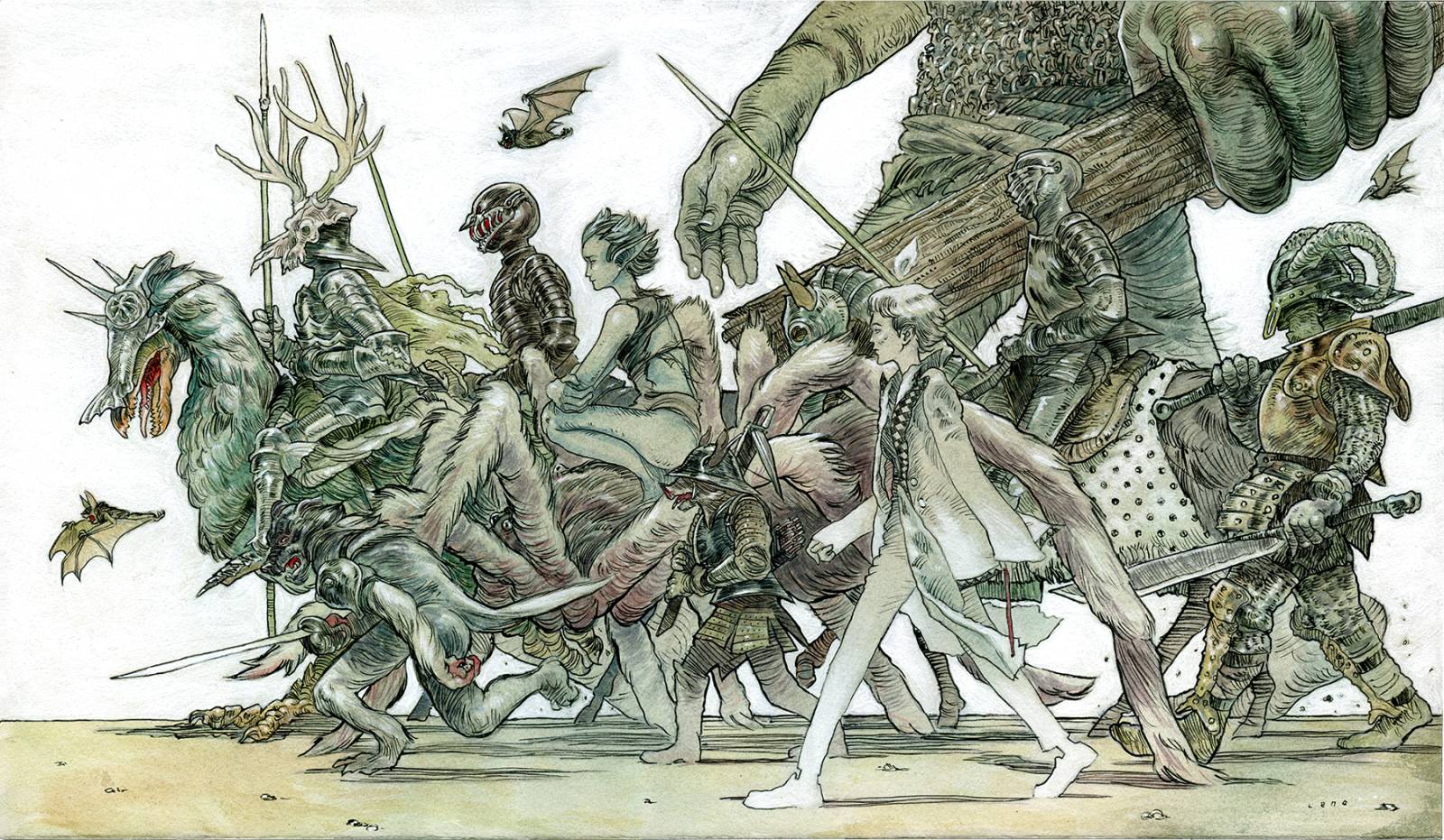


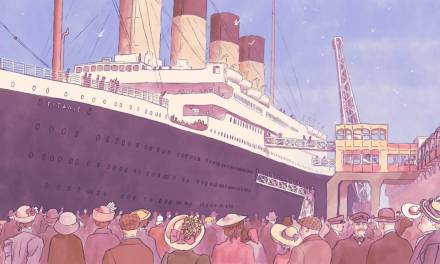
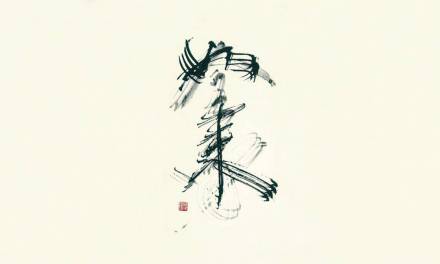
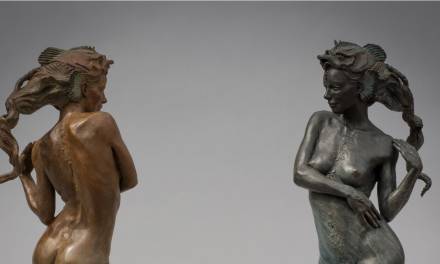
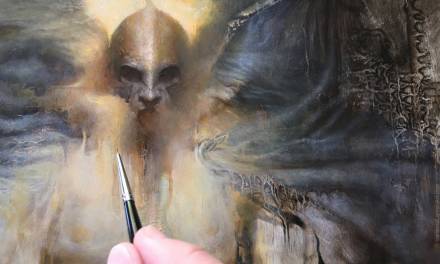
Am always in such awe and satisfaction in the process and completion of paintings.
Thank you for letting admirers taste of such wonderful talents!
Hopefully, creating such beauty on His side will be one of those extra blessings yet to consider being able to do!!
Love to read all the thoughts here, Sarah, thanks for this post.
My favorite part of doing an illustration is working on the thumbnail, because it is all potentially and big creative decisions, also as Miranda said; the last 5%-10% of the painting, when you are actually seeing the end result of the process in front of view. And my least favorite moment is working on the structure of the initial drawing, it really becomes very difficult for me, I don’t enjoy drawing as much as I enjoy composing and painting.
Best (: